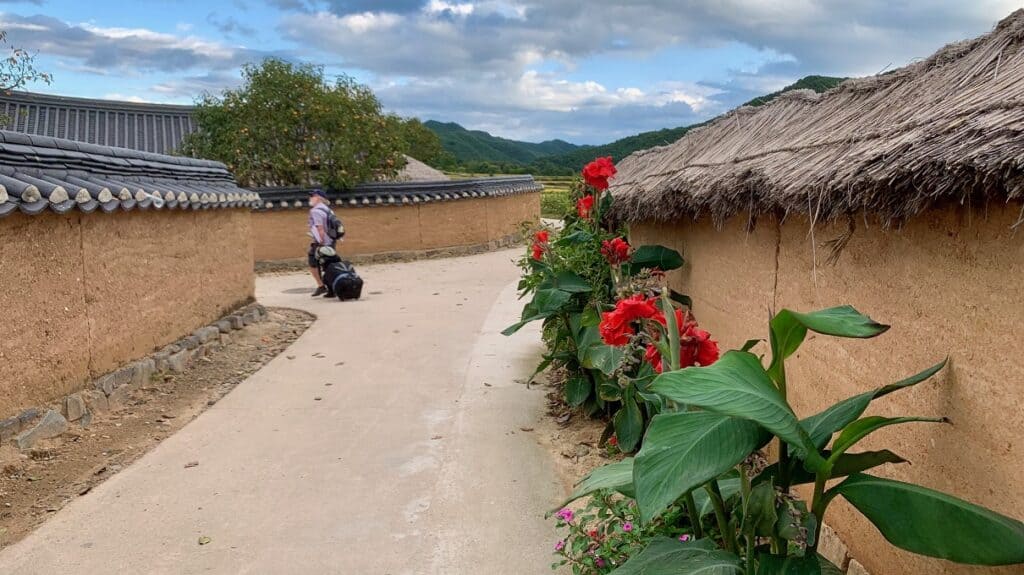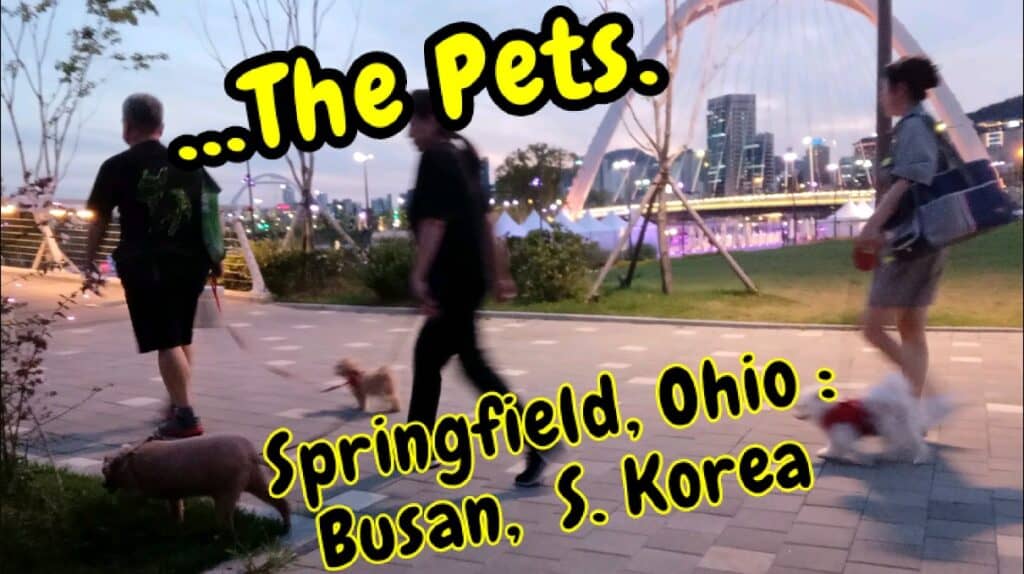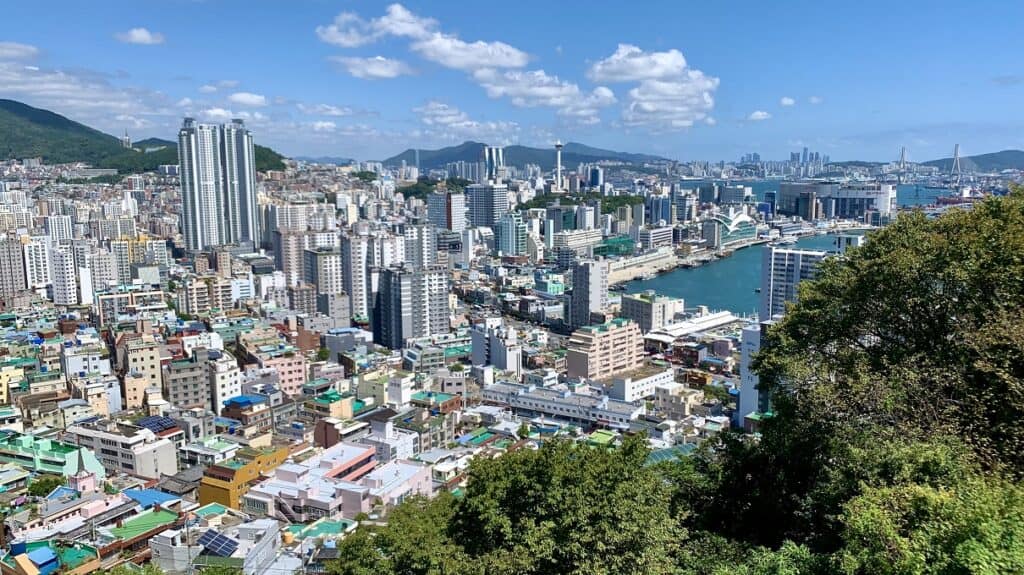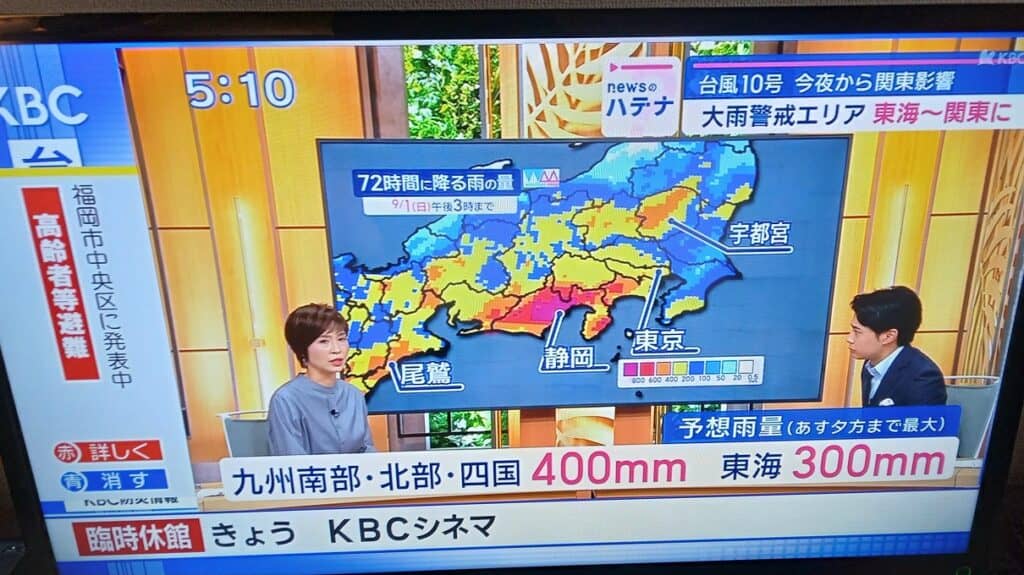A universal truth I’ve learned from continuous world travel since 2015: we are all the same. Skin colors, religions, regions of Earth we call ‘home’ — none of these differences truly divide us. We humans share the same essential fears and joys, problems and senses of humor. Our follies and failures, our successes and shared humanity are all on display in Andong’s Hahoe Folk Village in the Republic of Korea.
I mostly felt ‘this ‘human’ when watching a performance with dancing and masks – a show the village is known for. But I also felt this powerful sense of humanity as we wandered around historic ancestral homes and fields, and at the nearby ‘morality’ academy. It’s easy to see why Hahoe Village is a UNESCO World Heritage Site.
Hahoe Village
We got to Hahoe Village by bus from Gyeonju – another great stop on the budget slow travel tour. Hahoe is a clan-based village founded in the 14th century in Korea’s Joseon Dynasty.
The famous Ryu brothers were born in Hahoe. One was instrumental in repelling the 16th century Japanese invasion, and another was a Confucian scholar. The family’s ancestral homes are still found around the village.
Hahoe is quaint and quiet once the tourists leave. We stayed two nights inside the village, since we arrived too late on the first day to see or do much. The place feels much different without throngs of day trippers all over the place.
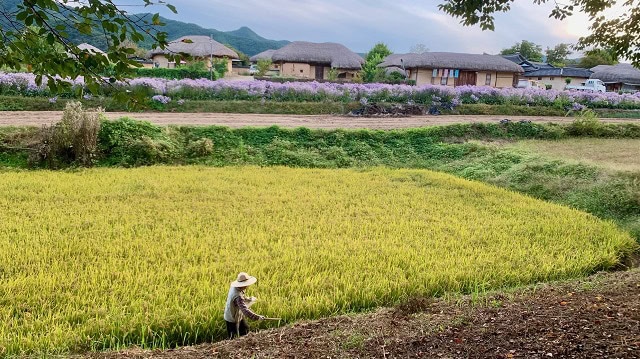
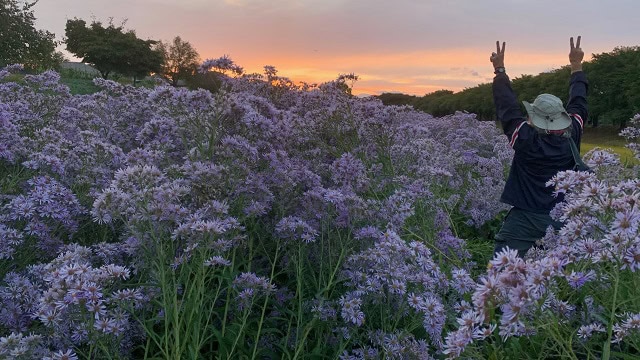
Mask performance
Most day trippers to the village see this show. In the opening scene, a butcher kills a bull and cuts off his balls. He offers to sell the balls for improved virility, but has no takers because all of the men believe they are potent enough already.
In a later scene, a shapely woman squats to urinate. A Buddhist monk sees her urinating and desires her. He even relishes her mess. He then declares ‘the heck with being a monk’ and dances with the bune.
Village elders arrive as the monk dances with bune. They disapprove. Meanwhile, a clever old woman who no man wants dances by herself.
The butcher reappears pushing the bull’s balls for sexual prowess, and suddenly the old impotent men want to ‘have fun’, too. The men then fight over the balls.
I’ve left out the surprises to show, but I’ve shared enough to give you an idea of the age-old tropes that we humans everywhere suffer from, and delight in.

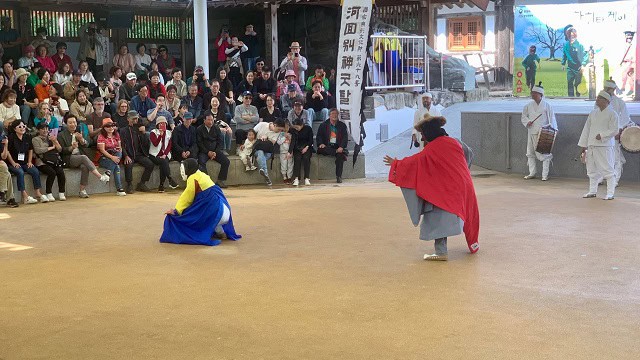
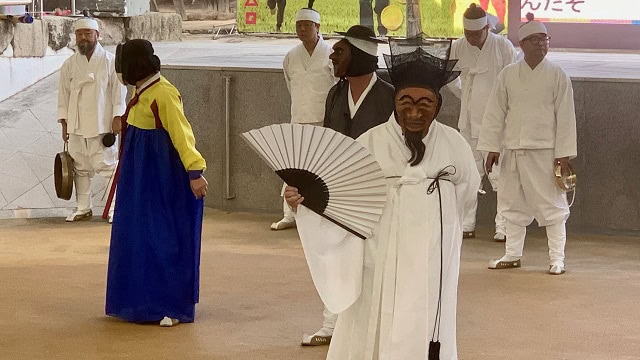
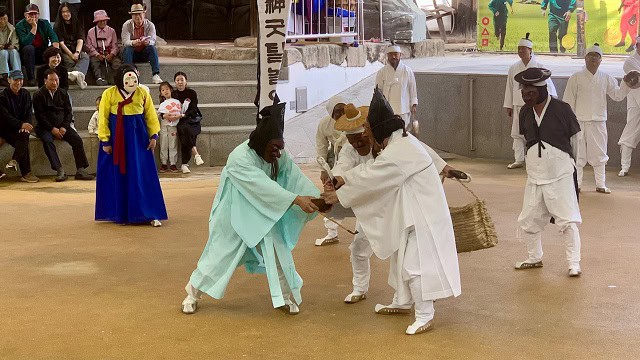
The village’s website sums up the play as a way to offer “a caustically satirical look at the corruption of the Buddhism and the Monks during the late Goryeo period.” In my opinion: substitute ‘Buddhism’ and ‘the Monks’ with Catholics and the Priests, or ‘Billionaires’ and ‘the Politicians’, etc., etc., and you get the idea. We’re all the same.
The excellent mask performance in Hahoe Village is every day from spring through October (except Mondays) at 2:00 pm. Don’t miss it.
Byeongsanseowon Confucian Academy
The Silla Kingdom in Gyeongju idealized its own brand of Buddhism dating back to 57 BC, but by the 14th century, Confucianism was preferred in the region. Confucianism is a moral, ethical philosophical approach to life, whereas most people consider Buddhism a religion. (The original Buddha wouldn’t see it as a religion, but people bend things to how they want them to be.)
Confucian students learned about morality and good approaches to life at Byeongsanseowon – one of nine regional Confucian academies on the World Heritage list. They all demonstrate how important Confucianism was in educational and social practices during the Joseon Dynasty. And today we humans still struggle with morality, no?
Of the nine academies, Byeongsanseowon “features an excellent architectural organization in harmony with natural landscape,” wrote the UNESCO committee. Indeed, one of the best things about this simple site was getting there, and the views around it and along the way.
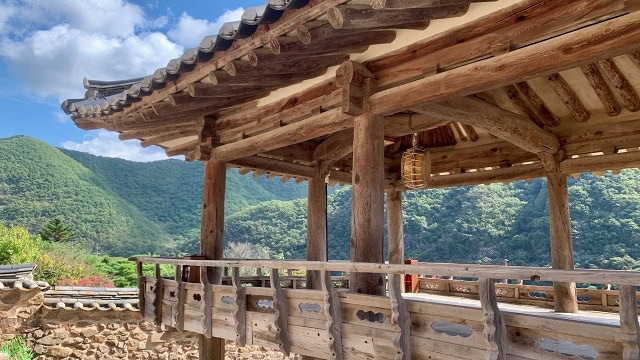
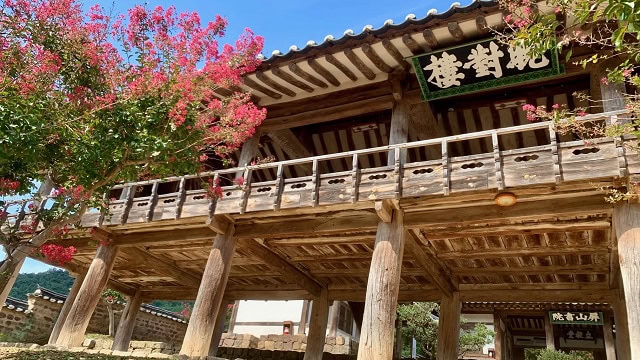
Most people drive their cars to Byeongsanseowon, but they miss a beautiful journey. And that was part of why Byeongsanseowon was placed where it was placed – to admire and respect its natural environment.
Byeongsanseowon is about four kilometers from Hahoe Village on the Confucian Trail. It takes about 90 minutes by foot, but we rented a tandem bike in the village and made the trip out in 45 minutes. The trail is too steep to ride the bike for about 1.5 kilometers, so we walked it.
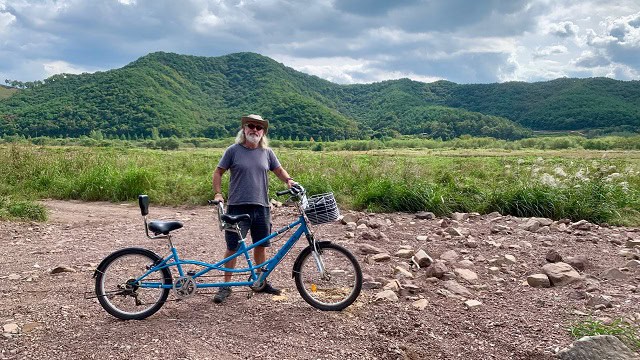
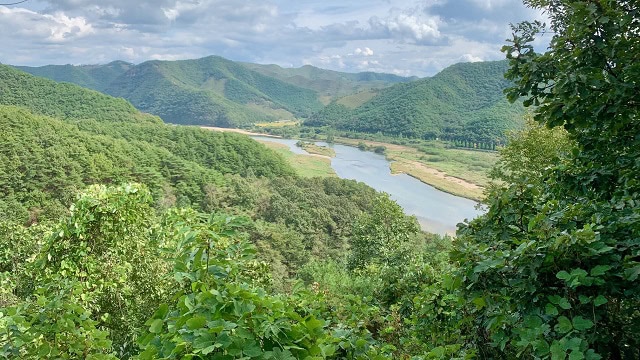
Make a wish
Inside the village, aside from the vistas, the historic homes (some of which you can enter), flower fields and cafes, there’s something else to see — a 600-year-old tree. Villagers believe a goddess lives in the tree. They pray at the tree for fertility and peace in the village.
Visitors like us do something else. We make a wish, write it on thin rice paper, and tie it to the fence around the tree.
No matter what you call desirous aspirations, most people pray for wishes and that is something else we humans have in common.
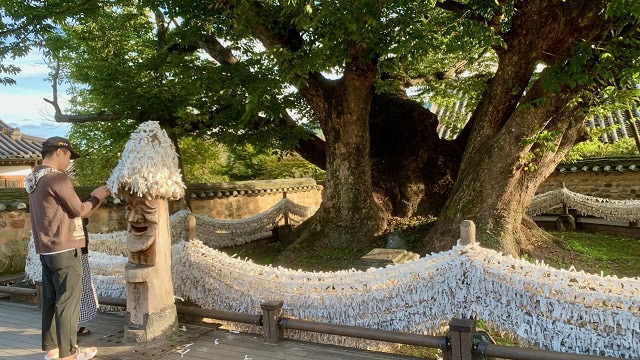
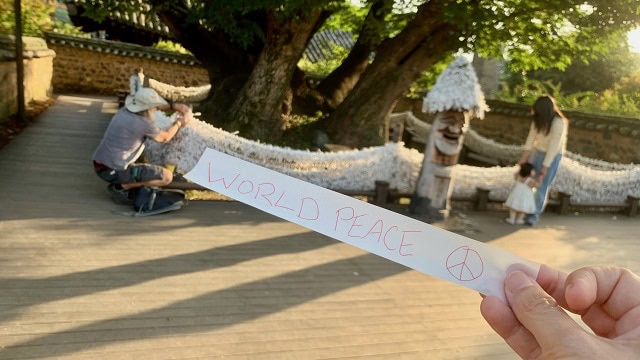
Our Hahoe stay
Many historic homes are modernized and used as home stays. We stayed at the Jinsan House and recommend it. It belongs to descendants of the Ryu family. The matriarch was 97 at the time of this writing.
The family was kind, and the accommodations comfortable, though basic. You’ll be sleeping on a floor mattress, in authentic Korean style.
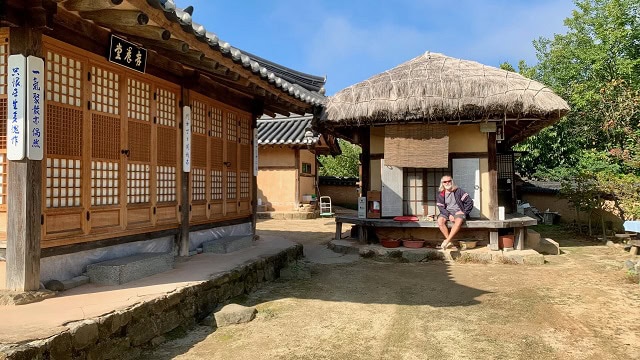
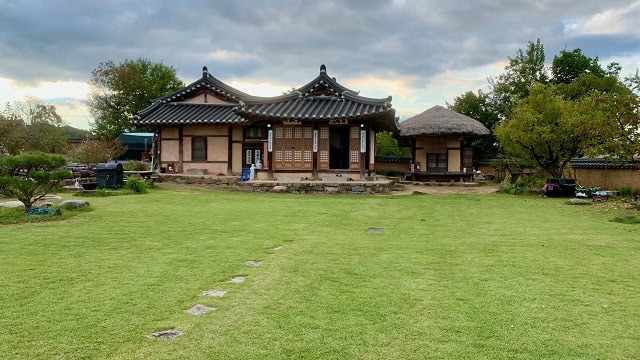
To be sure: the entire village is geared towards tourism for income. But Korean families still live here as they have for many generations, and as I mentioned, when you stay overnight the place feels different without hundreds of tourists.
The highway bus from Gyeongju cost $18 for two people, and the local bus from the Andong Bus Terminal to the village cost $2.25 for two people. It cost $7.50 for admission to the Hahoe Folk Village for two people. You only have to pay once if you plan to come and go from the village border, so save your ticket.
Enjoy the ride. We humans are only here for today. Life is Now.
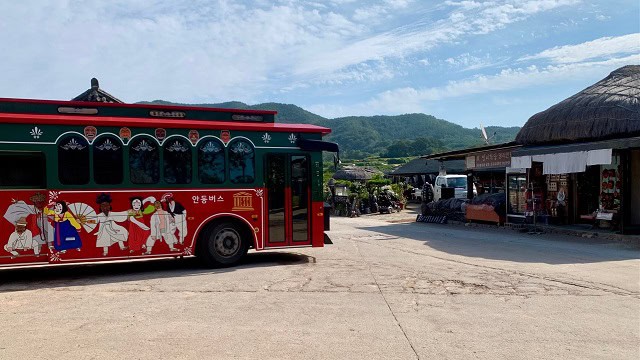
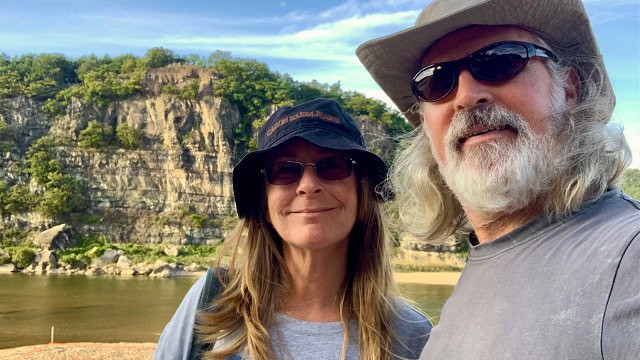
Thanks for reading, “Feeling human in Hahoe Folk Village.”
About Ellen

Ellen and spouse Tedly started a budget slow travel lifestyle in 2015. She was diagnosed with early-stage breast cancer while traveling in Europe in 2018 through an annual mammogram. She had a double mastectomy in Croatia, recovered from surgery, and kept traveling.
As a recovered alcoholic, Ellen seeks out spiritual growth opportunities in a variety of ways during her travel life, including service work, volunteering, and the occasional silent meditation retreat.
vagabond
Vagabond: (n) A person who wanders from place to place without a home or job. (adj) Having no settled home.
slow travel
Long-term stays; use buses and trains with infrequent flights; the faster you go the less you see.
early retirement
Other posts about Korea:
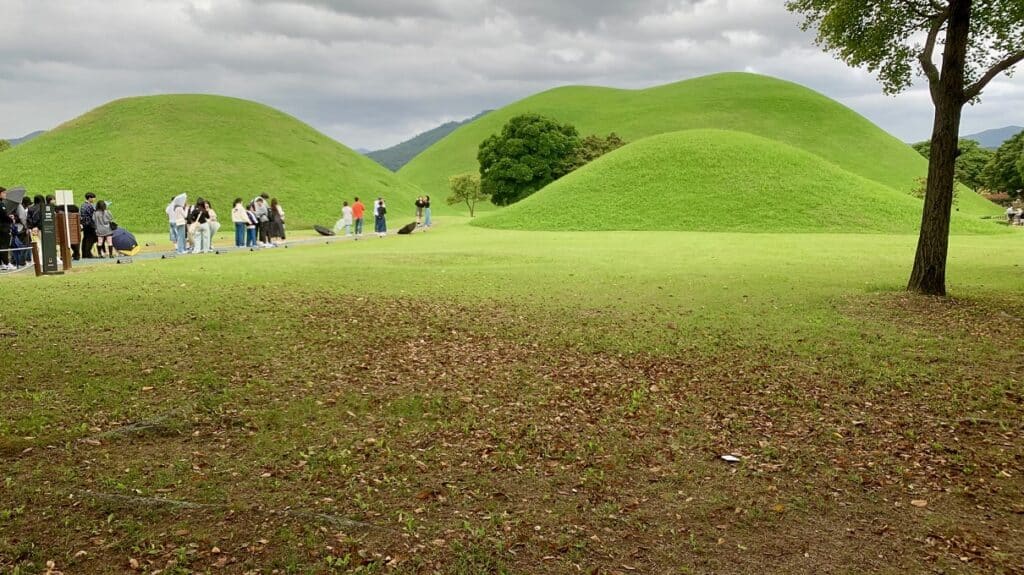
Gyeonju – Land of kings & Buddhas for budget slow travelers
Ellen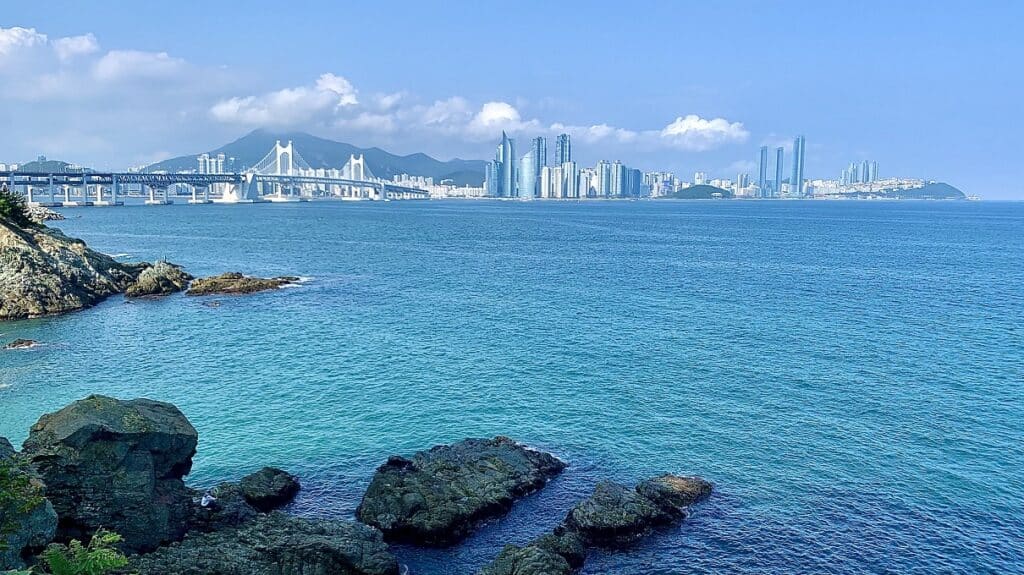
7 Great reasons budget slow travelers should visit Busan, South Korea
Ellen

